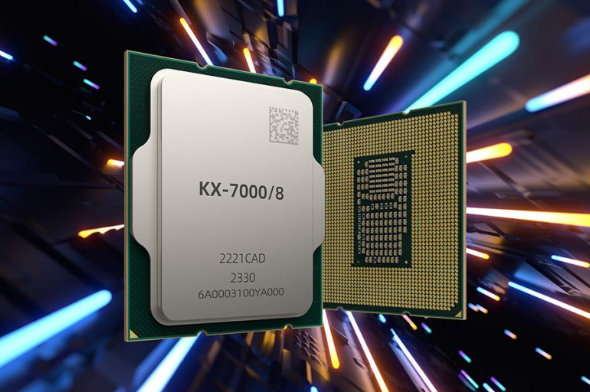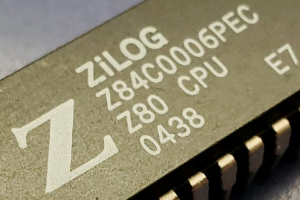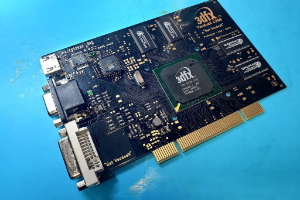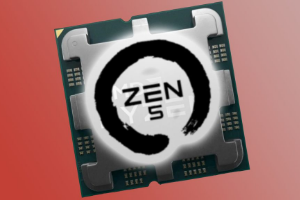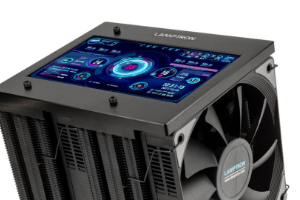Connection to DriversCloudCreate a DriversCloud.com accountReset your DriversCloud.com passwordAccount migration
Zhaoxin KX-7000: Chinese-designed processors go from strength to strength
Anxious not to depend on components designed in the "West", China is forging ahead.
Whether for central processors (CPUs) or graphics processors (GPUs), the market leaders are AMD, Intel or NVIDIA, to which we can add Apple or Qualcomm without changing their country of origin: the United States. A common origin, therefore, which doesn't bother us Europeans much, but which is a stain on China as Beijing seeks to put an end to this dependence on Western products. Washington's embargoes on some of its most powerful chips have only encouraged this desire for emancipation.
Thus, two years ago, we were able to discover the KaiXan KX-6000, a highly ambitious processor for a Chinese industry that was still in its infancy. Better still, throughout last year, Zhaoxin - its manufacturer - pushed forward with the KX-7000, although the beast was never really measured against the processors available. Yet the KX-7000 has plenty of trump cards up its sleeve, starting with a shift towards LGA(Land Grid Array) support. Introduced by Intel, this technique shifts the pins from the processor to the motherboard socket. In addition, the KX-7000 is an 8-core chip with a base frequency of between 3 and 3.2 GHz, depending on version, and a boost frequency of between 3.6 and 3.7 GHz. Finally, the processor features 4 MB of L2 cache and 32 MB of L3 cache, as well as an integrated graphics solution about which Zhaoxin is very discreet.
The KX-7000 is a big improvement on the KX-6000, but initial measurements show that there's still a big gap between it and chips from AMD or Intel. On software such as Geekbench 6, the KX-7000 is capable of 823 single-core points and 3813 multi-core points, i.e. an improvement of 116% and 285% over the KX-6000. However, compared with a modest Intel Core i3-10100F with just 4 cores, the KX-7000 falls well behind: the Core i3 scores 1437 and 4450 points on the same Geekbench 6 tools. China is undoubtedly making progress, but further progress is still needed to completely shake off its dependence on American chips.
